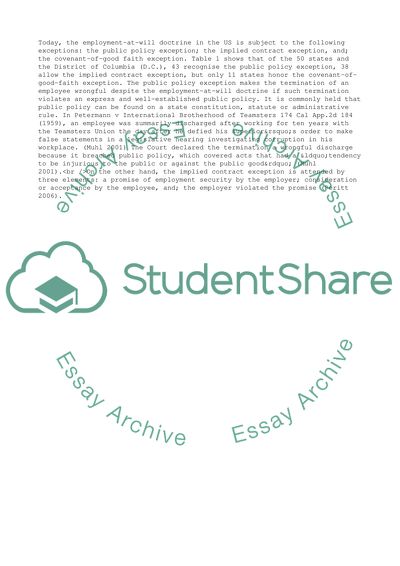Cite this document
(“US and Australian Employment Laws Essay Example | Topics and Well Written Essays - 1250 words”, n.d.)
Retrieved from https://studentshare.org/business/1418651-us-and-australian-employment-laws
Retrieved from https://studentshare.org/business/1418651-us-and-australian-employment-laws
(US and Australian Employment Laws Essay Example | Topics and Well Written Essays - 1250 Words)
https://studentshare.org/business/1418651-us-and-australian-employment-laws.
https://studentshare.org/business/1418651-us-and-australian-employment-laws.
“US and Australian Employment Laws Essay Example | Topics and Well Written Essays - 1250 Words”, n.d. https://studentshare.org/business/1418651-us-and-australian-employment-laws.


